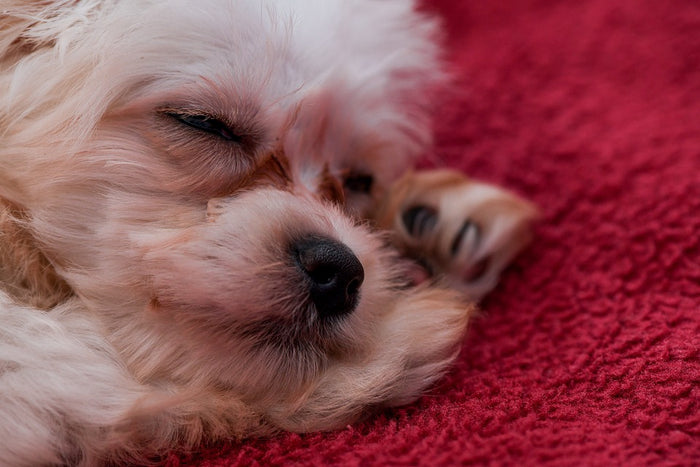
Symptoms:

Symptoms:
Common Causes:
In the acquired form, the eyelids roll inward as a result of changes to the eye or the muscles surrounding it. Anything that weakens the eye muscles or shrinks the “globe” of the eye can lead to inward rolling. This occurs as dogs age or develop ophthalmic problems. Conditions such as end-stage glaucoma can also lead to a shrunken globe. Spastic entropion can occur when there is any painful condition (such as a corneal ulcer or uveitis) in the eye. Spastic and acquired entropion can occur in any breed at any age. Inherited entropion is the most well known form. There are many susceptible breeds. Most of them are known for having “extra” skin folds or drooping eyes such as the Shar-Pei and Chow Chow. In these breeds, entropion is generally present at birth.
Natural Remedies:
Eyelid surgery is the only permanent treatment for entropion. An ophthalmologist veterinary surgeon will remove a small piece of tissue directly from below the eyelid and the two sides of the remaining tissue will be pulled together and sutured.